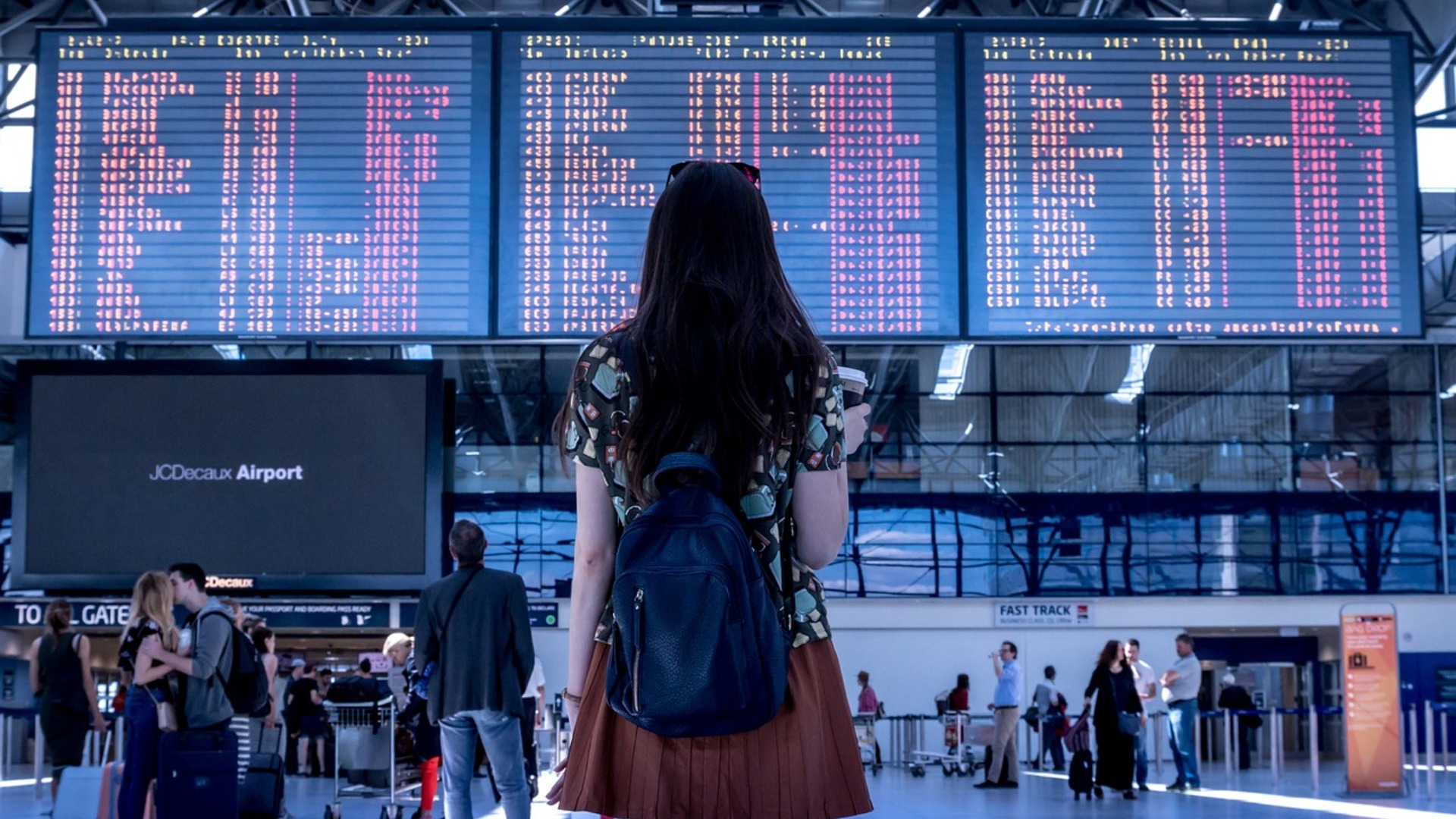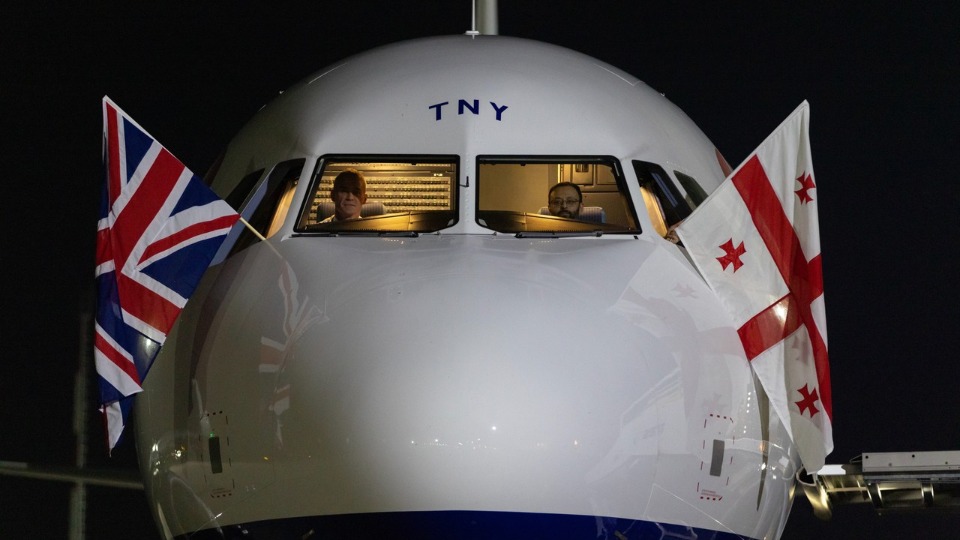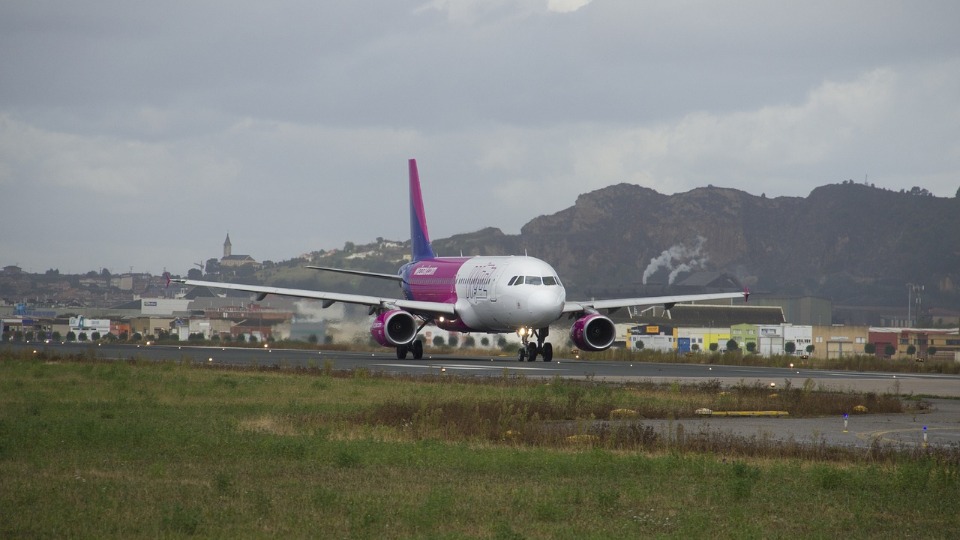
Changes Coming to Palma Airport Border Control: Understanding the New Entry/Exit System

Starting in November 2024, Palma Airport and other airports across Europe will implement a new Entry/Exit System (EES) for non-EU nationals traveling to and from the Schengen Area. Designed to improve border management, the EES aims to register the entry and exit of travelers digitally. However, several myths have emerged about this new system, leading to confusion among travelers. This article clarifies common misconceptions to separate fact from fiction.
Myth vs. Fact: Debunking MisconceptionsMyth: You Will Need to Apply for a Visa to Enter the EU
Fact: The EES does not require non-EU travelers to apply for a visa.
The EES is an electronic system that registers entry and exit data automatically for non-EU citizens. Travelers from visa-exempt countries, such as the UK, will not need a visa for short stays (up to 90 days within a 180-day period). However, starting in 2025, travelers will need to apply for an ETIAS (European Travel Information and Authorisation System) before entering the EU, which is not the same as a visa and will have a simpler application process.
Myth: The EES Will Track and Store All Personal Information
Fact: The EES will only store specific travel-related information.
The system will capture biometric data (fingerprints and facial scans), passport details, and entry/exit dates to improve security and ensure compliance with the 90-day rule. It will not monitor personal activities or movements within the EU.
Myth: Border Crossings Will Become Longer and More Complicated
Fact: The EES is designed to streamline the process.
Although there may be initial delays as travelers and border staff adapt to the new system, the EES is intended to make border control more efficient. By replacing manual passport stamping with automated biometric systems, the process aims to ensure quicker and smoother crossings for non-EU travelers.
Myth: The EES Applies to Everyone, Including EU Citizens
Fact: The EES only applies to non-EU citizens.
EU citizens and those holding residence permits in the Schengen Area will not be subject to the EES. This means long-term visa holders and residents can travel without any changes.
Myth: The EES Punishes UK Citizens for Brexit
Fact: The EES is unrelated to Brexit.
The system is part of the EU’s efforts to modernize border management for all non-EU travelers, not just UK nationals. While UK travelers are now considered non-EU citizens, the EES was planned before Brexit and is not designed to target them specifically.
Myth: You Can Reset Your 90-Day Stay by Briefly Leaving the Schengen Area
Fact: This will not be possible.
The EES will automatically log entry and exit dates, preventing travelers from "resetting" their 90-day limit by leaving and re-entering the Schengen Area. The system tracks time spent within a rolling 180-day period, and once the 90-day limit is reached, travelers must remain outside the Schengen Area for a sufficient period before returning.
Myth: You Will Have to Pay Extra Fees at the Border
Fact: There are no EES-specific fees for border crossings.
The EES does not impose additional fees for non-EU travelers. However, starting in 2025, non-EU travelers will need to pay a small fee (around €7) for ETIAS travel authorization, valid for three years or until the passport expires.
Myth: The EES is Part of the EU’s Visa System
Fact: The EES is not a visa system.
The EES is a border management system focused on registering entry, exit, and refusals of entry for non-EU nationals. It operates separately from the EU’s visa systems, aiming to enhance border security.
Key Takeaway: Embracing Modernization
While the EES will introduce changes, its primary goal is to modernize and streamline border control for non-EU travelers without drastically altering the travel process. Travelers can look forward to a more efficient experience at Palma Airport and other European entry points.








